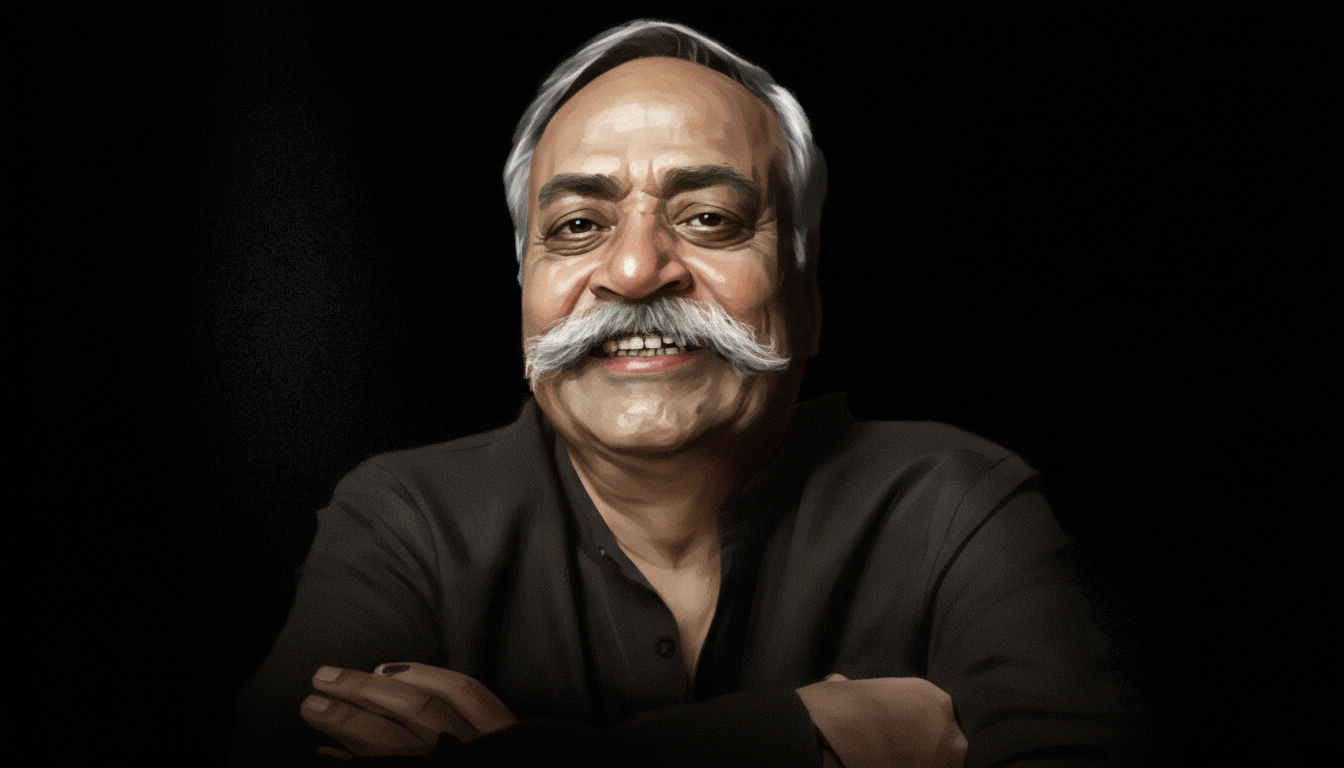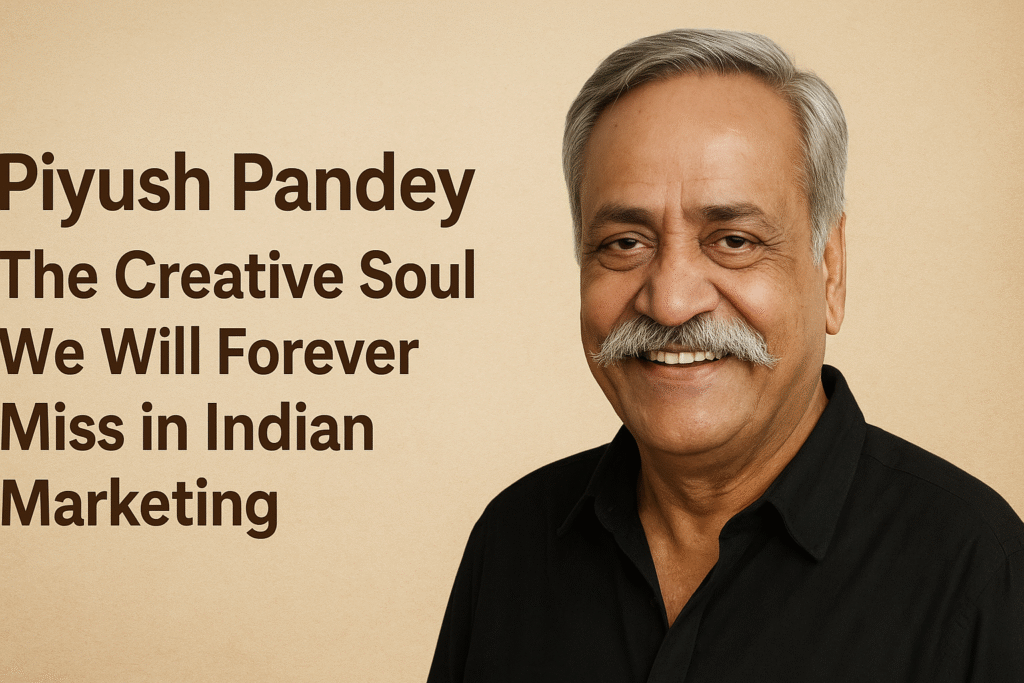
Padma Shri. Piyush Pandey was not just an advertiser — he was the man who gave Indian marketing its soul. At a time when brands spoke in borrowed tones and global templates, he brought India back into Indian advertising. With his earthy language, relatable storytelling, and unmatched understanding of people, he transformed how brands communicate with the country. His work didn’t just sell products; it became a part of our culture, our conversations, and our memories. Today, as we reflect on his journey and legacy, we remember a creative giant who shaped the voice of Indian marketing for generations to come.
Who he is Piyush Pandey
Piyush Pandey (born 5 September 1955, Jaipur; died 23 October 2025, Mumbai) was one of the towering figures of Indian advertising and marketing. He joined Ogilvy & Mather India (now commonly Ogilvy India) in 1982 as a client-servicing executive and over the years moved into the creative department, eventually rising to become Executive Chairman India and later Global Chief Creative Officer.He came from a household in Jaipur, studied history at St. Stephen’s College, Delhi and even played cricket for Rajasthan in his younger days.
What he did for the Indian marketing industry

Piyush Pandey’s impact on Indian marketing and advertising can be summarised along a few key axes:
- Localization and cultural voice: When he began, much of Indian advertising had a Westernised sensibility—tone, visuals and language borrowed heavily from global agencies. Pandey shifted the tone to one that reflected the everyday Indian: local idioms, colloquial language, rural and urban contexts alike.
- Iconic campaigns and brand building: He created a number of campaigns that became embedded in India’s consciousness. For example, the “Fevicol ka mazboot jod” campaign turned an adhesive brand into a cultural metaphor.Another example: the “Asian Paints ‘Har Ghar Kuch Kehta Hai’” campaign made a paint company tap into emotional narratives rather than just functional selling.There was also the audio-visual campaign “Mile Sur Mera Tumhara”, an iconic national-integration song in which Pandey was involved.
- Mentorship and raising creative standards: Under his leadership, Ogilvy India became one of the most creative agencies in India, winning numerous awards and setting benchmarks
- Impact beyond mere selling: He didn’t limit himself to product advertising; his work influenced culture, communication style and even social campaigns. For example, he was part of the polio-eradication awareness campaigns.
Piyush Pandey Achievements
Here are some of the notable achievements of Piyush Pandey:
- Awarded the Padma Shri (one of India’s highest civilian honours) in 2016.
- He became the first Indian to win the LIA Legend Award in 2024.
- His campaigns achieved cultural ubiquity — ads that didn’t just sell a product but entered the collective memory (for example, “Fevicol ka mazboot jod”, “Har Ghar Kuch Kehta Hai”).
- Under his creative leadership, Ogilvy India was ranked the No. 1 agency in The Economic Times’ Agency Reckoner for 12 consecutive years.
- He served as juror and leader at major international festivals (e.g., the first Asian jury president for the Cannes Lions International Advertising Festival for outdoor/press/film).
How we will miss him as marketers
As marketers and storytellers, we will deeply miss Piyush Pandey. His departure closes a chapter in Indian marketing where creativity was fiercely human, rooted in our culture and language. Some reflections:
- We will miss the human-first voice he championed — i.e., ads and campaigns that spoke with the audience, not at them. The warmth, simplicity and humour he brought will be harder to replicate in a world driven increasingly by data, automation and digital metrics.
- We will miss the bridge between culture and commerce he embodied — showing that brand-building is not just about selling features, but about embedding a brand into people’s lives, speech, memories.
- We will miss a mentor and exemplar whose creative journey from account executive to global CCO provided inspiration for many. The next generation of creatives will have his work as benchmark, but they’ll also feel the absence of a guiding voice who believed that the “people on the street” matter most.
- For our responsibilities (in personal branding, marketing strategy, agency building) his legacy is a reminder: in the rush for scale, technology and dashboards, don’t lose the story, the soul, the culture. As an agency like yours (Upally) which is aiming to be fully AI-based, perhaps his voice will remind us that while AI can scale execution and data, the heart of branding remains human.
We’re losing not just an ad-man but a creative pioneer whose footprint runs across an era of Indian marketing—from print to TV to digital. But even though he’s gone, his work remains, his lessons remain, and as marketers we are stewards of that legacy.
Piyush Pandey may no longer be with us, but his ideas live on in the way brands talk to India, and India talks back. As marketers, we are the inheritors of his craftsmanship—and we owe it to him, and to our audiences, to keep building with heart, culture and courage.


